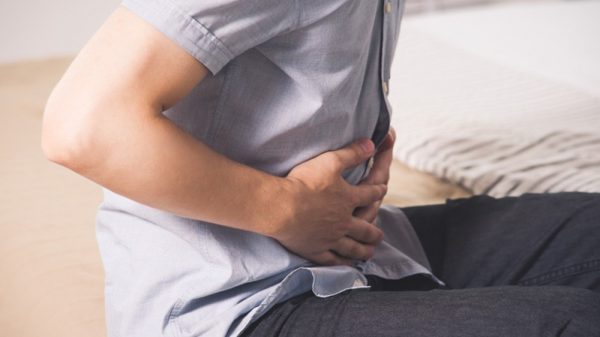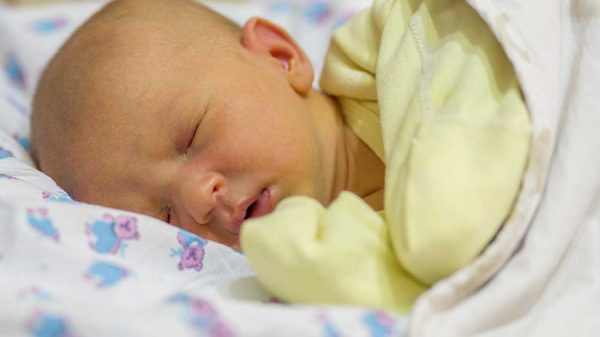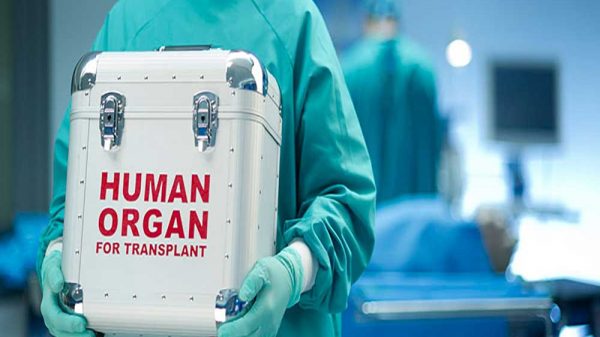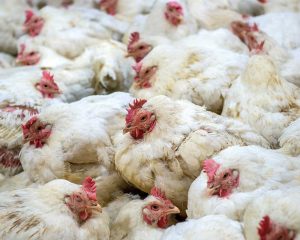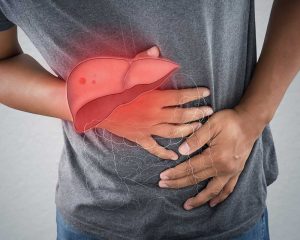Have you been diagnosed with liver cirrhosis? This is a serious condition that happens in late-stage liver disease. It involves enough scar tissue replacing healthy tissue that the liver can’t function properly. The two main types are compensated and decompensated. As with other conditions, it’s important to manage the health condition as effectively as possible. One way to do that is through a low-sodium cirrhosis diet. Salt is one of the main things liver disease patients should avoid besides alcoholic drinks. It’s important to know the effects of sodium on the liver and which foods to avoid to prevent more damage.
As the old saying goes, “Prevention is better than cure.” This is even the case with serious conditions like liver cirrhosis. There are various steps you can take to help prevent cirrhosis of the liver is getting worse. This includes limiting alcohol and salt. We often talk about salt in terms of the white granules in salt shakers. However, it’s just as important to watch out for “hidden salt” in stuff like prepackaged foods and restaurant meals. Junk food and fast food, in particular, tend to be loaded with sodium. Fun Fact: An average fast-food meal has 1,300mg of salt, which is close to the daily total recommended by the American Heart Association (AHA).
What Are Common Liver Cirrhosis Treatments?
Liver cirrhosis is a serious condition that’s linked to liver disease. The main effect is scar tissue prevents the vital organ from working properly. The two main stages are “compensated” and “decompensated.” While compensated cirrhosis usually doesn’t have symptoms the decompensated type is more serious.
There are various cirrhosis treatments available that you should consider. Your doctor can help to pick the best ones for your situation based on various factors. There’s no cure for this disease but you can treat it. The main goals of cirrhosis treatments are to stop liver damage and prevent possible complications.
There are various causes of liver disease including heavy alcohol drinking, fatty liver disease, and infections like hepatitis. Your doctor can design a customized treatment program for you that can help to provide the best results.
People often link cirrhosis to alcohol consumption. If you have cirrhosis then it’s important to quit alcoholic drinks cold turkey. This is a late-stage liver disease so it’s much different from fatty liver disease, which is among the early stages of liver disease. In fact, consider that up to 100% of heavy drinkers have fatty liver disease.
People with alcohol addiction can find it tough to stop drinking. The good news is there are various support groups like Alcoholics Anonymous (AA) that can help with the process. It’s also good to get 1:1 counseling.
It’s also highly advisable for cirrhosis patients to avoid illicit drug use. This includes both prescription and illegal drugs. Both can cause organ damage due to the powerful synthetic chemicals they contain.
Another natural treatment for dealing with cirrhosis symptoms is to lose weight. Being overweight/obese puts makes internal organs work overtime. While it’s possible to become overweight from eating healthy food it’s usually from too much salt, sugar, and saturated/trans fats. Another food you should consider swapping out is refined grains. They’re the unhealthier version of grains that can cause blood sugar spikes and inflammation.
Low-Salt Intake on Cirrhosis Diet
It’s no secret that consuming a high-salt diet is unhealthy. However, what’s less known is how it affects certain body parts like the liver. For example, a recent Chinese study studied the effects of sodium on liver health.
Humans need a certain amount of daily sodium. The American Heart Association reports most adults should only consume up to 1,500mg of sodium per day. The problem is that many modern foods including pre-packaged/restaurant foods contain high amounts of sodium.
High-sodium diets can cause various health issues like high blood pressure, stroke, heart disease, and liver disease. The average American aged 2+ years old consumes more than 2x of AHA’s recommended daily total.
A big problem is much of the sodium from the Standard American Diet (SAD) is from highly-processed food rather than salt shakers. So when going grocery shopping it’s important to read ingredient labels of
The Chinese study focused on the effects of sodium on liver cells instead of the organ itself. The study showed negative effects of salt on liver function, which can result in liver scar tissue (fibrosis) and eventually cirrhosis.
The researchers reported that high-salt diets cause liver problems due to the effects of “free radical” molecules. They attack healthy cells in the oxidation process. However, there was some good news. The researchers also found that using Vitamin C to treat the damaged cells seems to reverse some of the damage of high-salt diets.
There are also foods/beverages you can consume to help fight liver damage including coffee. For example, various studies show that a popular breakfast drink can help to protect the liver from a late-stage liver disease known as cirrhosis.
It’s important for cirrhosis patients to limit salt intake. This can help to prevent their condition from getting developing into more serious stages. It’s also a good idea to avoid all alcoholic drinks.

Top High-Salt Foods to Avoid
1. Canned Entrees
This includes ones like chili, ravioli, and Spam. Remember the old saying that “fresh is best.” Spam-like foods pose a wide range of issues. It’s processed meat, canned, and high-sodium. Consider that “Spam mail” wasn’t named as such to give a thumbs-up to the notoriously unhealthy food.
2. Soy Sauce
These include ones like soy sauce that are often loaded with the white granules. In fact, the other ingredients in this popular sauce are quite healthy: soybeans, wheat, and water. The sodium is the main health issue.
3. Frozen Foods
This includes ones like pizza, burritos, and breaded meats. All of these foods can actually be healthy. However, the highly-processed versions—not so much. They’re usually loaded with many unhealthy additives including salt, which you should try to avoid.
4. Salted Nuts
On one hand, the salt isn’t really “hidden” since it’s in the name of the food. However, it might be surprised how much salt is added to the healthy food. In fact, nuts are high in nutrients like protein, healthy fat, and fiber. The added salt makes peanuts, almonds, and cashews less healthy.
5. Canned Beans
The main issue with canned foods is they often contain lots of salt that are added as a preservative. Beans are one of the main types of canned foods you should try to avoid. If you have no access to fresh beans make sure to rinse the beans before cooking them to remove much of the salt. You should also read labels to find out how much salt was added to certain items.
6. Cured/Processed Meats
Just because foods like bacon are “Keto-friendly” doesn’t mean they’re healthy. The World Health Organization (WHO) reports that processed meats are cancerous. Foods like bacon, sausage, and Spam are highly processed and should be limited on an anti-cirrhosis diet.

